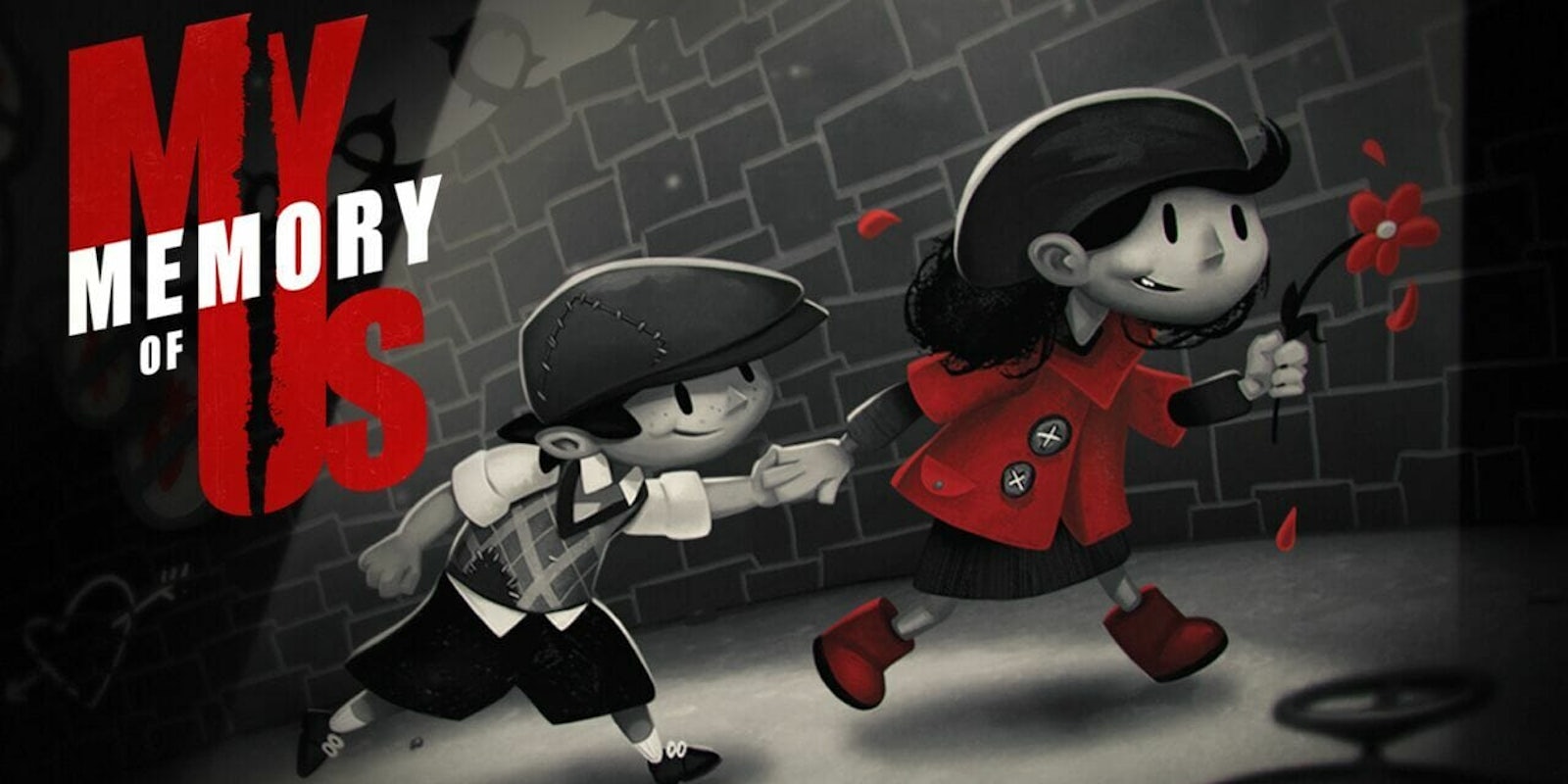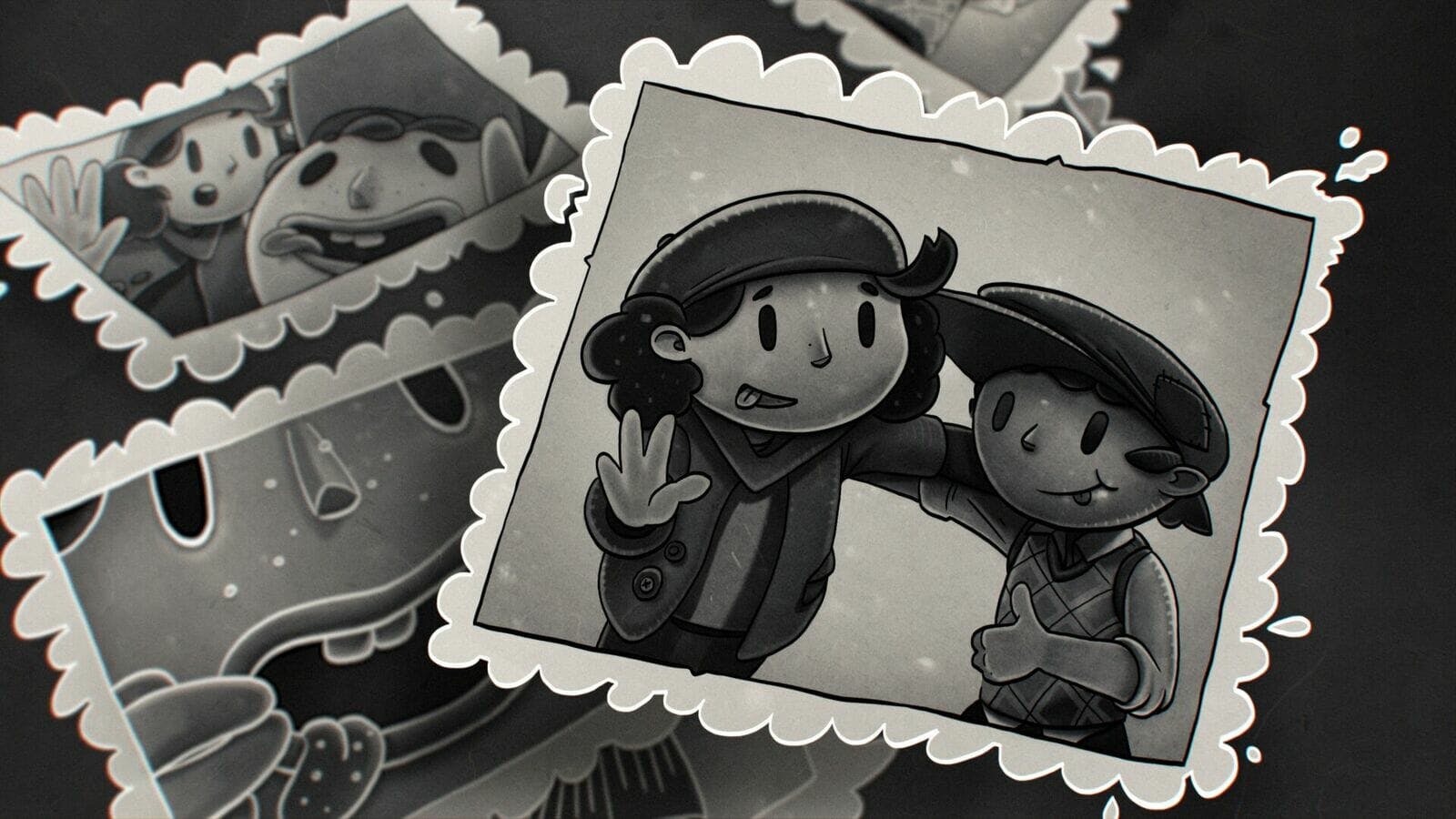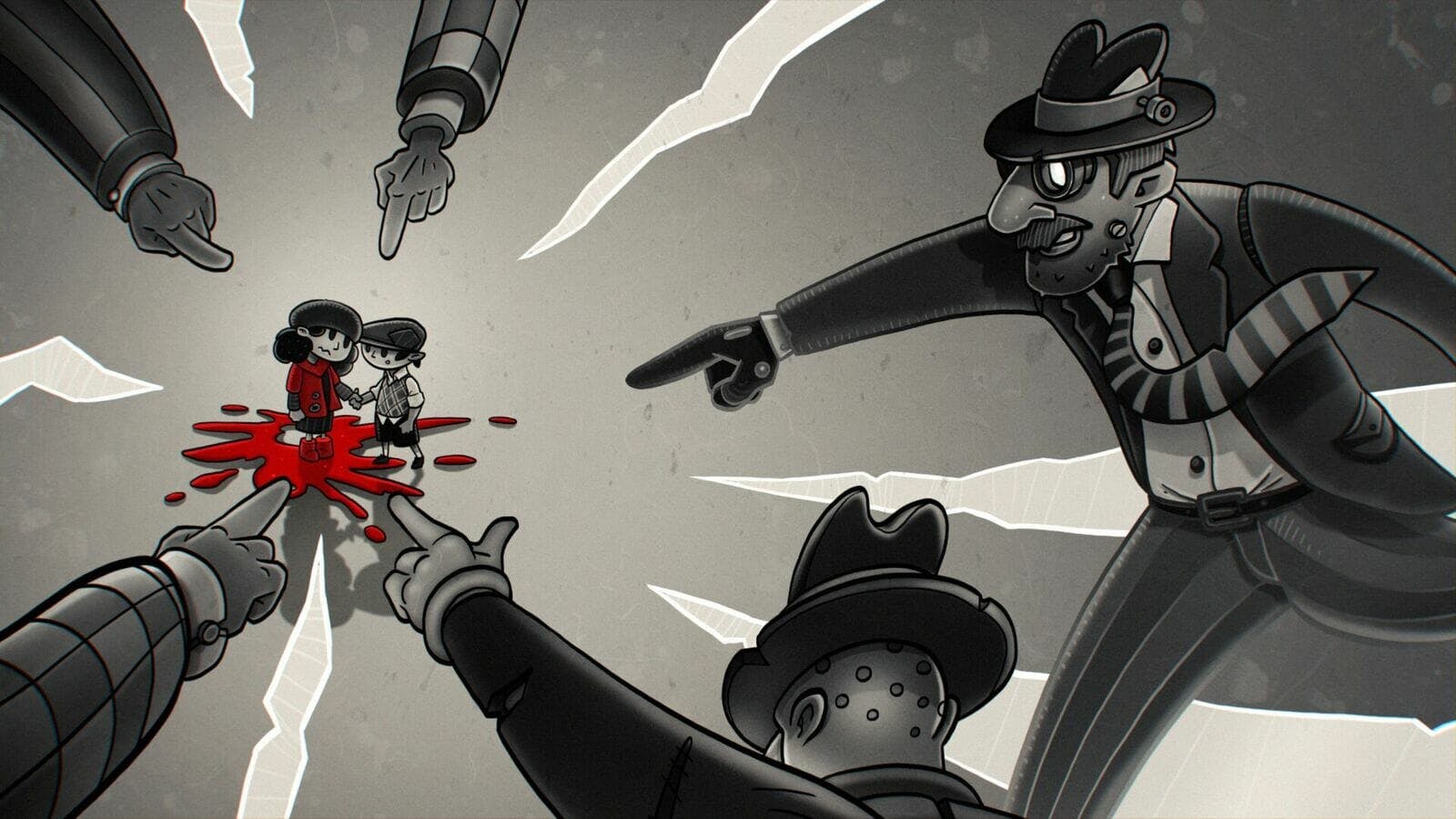Games depicting war tend to favor the bombastic. As bullets fly and blood spills, it’s easier to draw players into an intense environment. For years, Call of Duty and Battlefield have elected to depict the same brutal conflicts over and over again.
In fact, a great majority of “big” games deal with a military conflict in one way or another. And more often than not, players are placed in a role that positions them as the cure to the struggle. But games that remove the player’s agency in war, making witnesses out of actors, are inherently more interesting. Juggler Games’ My Memory of Us does just this, elevated by a distinct identity.
The story follows two characters, simply named Boy and Girl, as they chart a perilous adventure through a city as it descends into chaos. It’s not hard to spot the World War II allegories in the uniforms of hostile forces, the demeanor of bystanders, or the period-appropriate details. However, this well-known conflict is reimagined as an opposition against sinister robot overlords.
My Memory of Us feels like a bedtime story, in narrative framing as well as visual presentation. Each short chapter comprises only a handful of small environments, fleshed out with puzzles and picturesque particulars. The cartoonish nature of the main characters only serves to deepen the empathy players are meant to feel toward them. This is a simple tale of good and evil—but that doesn’t mean it’s not effective.
Narration by the one and only Patrick Stewart ties the tale together. As an old man, his character recounts the adventures of the two player characters. Individual levels are set up through his reflection, as the player moves the events forward in real time.
Fans of Inside and Limbo will certainly recognize the mechanics at work here. Much of the moment-to-moment gameplay is walking, climbing, jumping, and running between stationary platforms. There are plenty of sections where avoiding enemies is key, as well as some straightforward puzzles.
At any given moment, you only have a small toolset with which to progress. Thankfully, the game is able to find comfortable variety between individual sections. As you alternate control of the boy and girl, you swap abilities.
For example, the girl can sprint long distances while the boy sneaks past enemies undetected. While you can move each figure separately, you will probably spend most of the game with the heroes linked together. As you come across new hazards, you’ll need to guess who’s best to lead with. Moments where the game forces these kids to be separate, and requires back-and-forth coordination, make for some of the most ingenious obstacles.
Precision in these moments is far from perfect, though. The hand-holding mechanic often left my characters uncoupled at the most inconvenient moment, forcing me to redo several areas as each child or just outright fail an objective. The direction your character faces is also important when moving into new areas, and I was frequently frustrated by the simple arrow indicator that popped up on screen to communicate where I was headed next. For a game that relies so carefully on character action and movement, the controls were a consistent nuisance.
With that being said, My Memory of Us’ narrative interaction shines as a more traditional adventure game. Nearly every story beat is driven by player action, as the world around you grows more tumultuous. City environments become more decayed, citizens grow more anxious, and a general sense of dread builds throughout the course of the story.
It’s fascinating to watch the world (a vague stand-in for pre-conflict Warsaw) evolve. Though we see the action through the eyes of children, the game goes to some dark places. Themes of poverty and military occupation are prevalent, though subdued in their presentation. Much of the backstory is built into the world itself, through propaganda posters and idle NPCs. Aside from Stewart’s excellent, emotive voiceover, everything is communicated visually.
Dialogue cues are portrayed as speech bubbles with visual clues, as the speaker warbles beneath. Color is used to accentuate key objects, but in a way that doesn’t simply give the objective away. And the game paces upgrades and new tools in a way that feels natural. As events build in intensity, so too does the gameplay.
Striking black-and-white visuals looks great on the Switch’s handheld screen, and the vibrant sound design often reveals hidden clues and cues. My Memory of Us stands out as an accessible throwback, and it commits fully to its message. This journey won’t take you very long to complete, but it’s one worth seeing through to the end.
Score: 3.5/5
My Memory of Us is available now on PC, PlayStation 4, Nintendo Switch, and Xbox One. This review was written based on a Nintendo Switch version of the game provided by the publisher.




